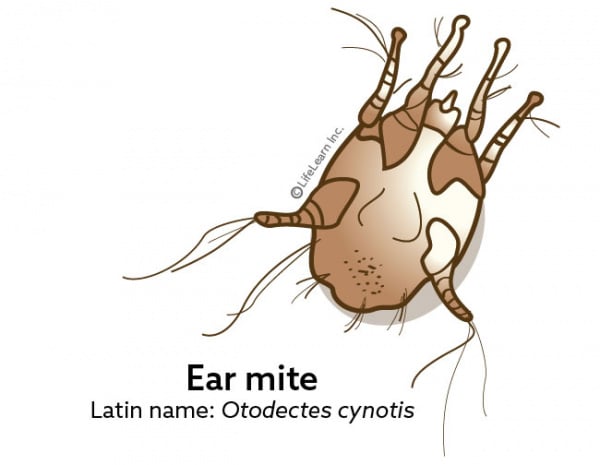Burrowing Mites On Cats
Harvest mites also called harvest bugs bracken bugs or chiggers are a form a parasitic insect that can cause severe skin irritation in cats.
Burrowing mites on cats. Each form of mange is highly contagious causing dermatitis symptoms of skin inflammation alopecia and pruritus. The most common areas are. The sarcoptes mite responsible for scabies targets exposed areas like your kittys face jaw and legs according to oklahoma state university center for veterinary health services. Some suck tissue fluid and several suck blood.
Mites naturally seek out new hosts so a human hand gliding through your cats forest of fur is a tempting opportunity for them. Your cats thick coat is a great place for them to hide. Amongst its fingers internal legs arm pits and above all in the auricle. In cats harvest mites are most commonly found around the ears and between the toes but can be found almost anywhere on the body.
Burrowing mites burrow in your cats skin forming tunnels in which they lay their eggs. Types of cat. Burrowing mites another parasite that has a much more visible impact on your cat is the burrowing mite which eats away at the surface of the skin. Mites tend to attach on the most sensitive and fine areas of your cat.
The non burrowing mites feed on skin scales. The best thing to do if you see signs of skin irritation on your pet cat is to call a vet. These microscopic insects can live on the surface or burrow into the upper layers of their hosts skin. This can lead to severe hair loss in your cat and requires treatment immediately.
If you check these areas and see some small insects of an orange colour it is clear that your cat has mites. These burrowing mites dig through the upper layer of your cats skin leaving trails of itchy bumps in their wake. Pictures of cat mites. Individual cats vary greatly in their sensitivity to the bite of the mites.
Cats that are frequently bitten may develop allergies to the mites resulting in severe clinical signs. Although there are some clear symptoms a harvest mite infestation can only be diagnosed and treated by a vet. Cat mange is caused by two types of mites burrowing mites and non burrowing mites. The cheyletiella mite is a highly contagious zoonotic skin parasite that feeds on the the keratin layer of the skin the outer layer and on the tissue fluid of the top layer.
Larvae emerge develop to nymphs then adults.
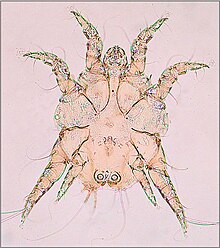
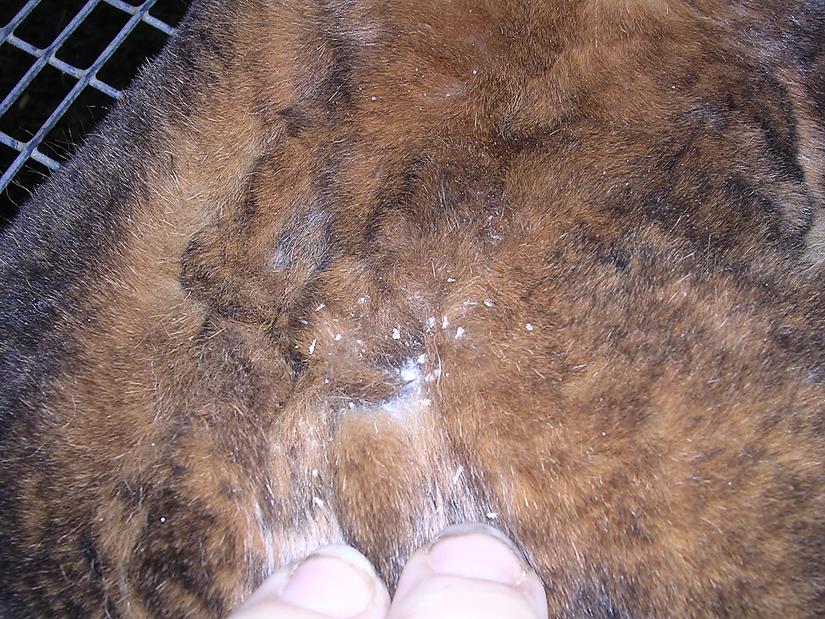


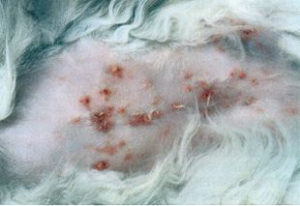
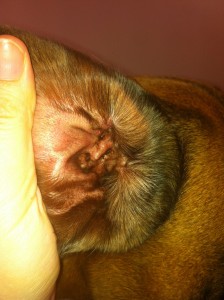
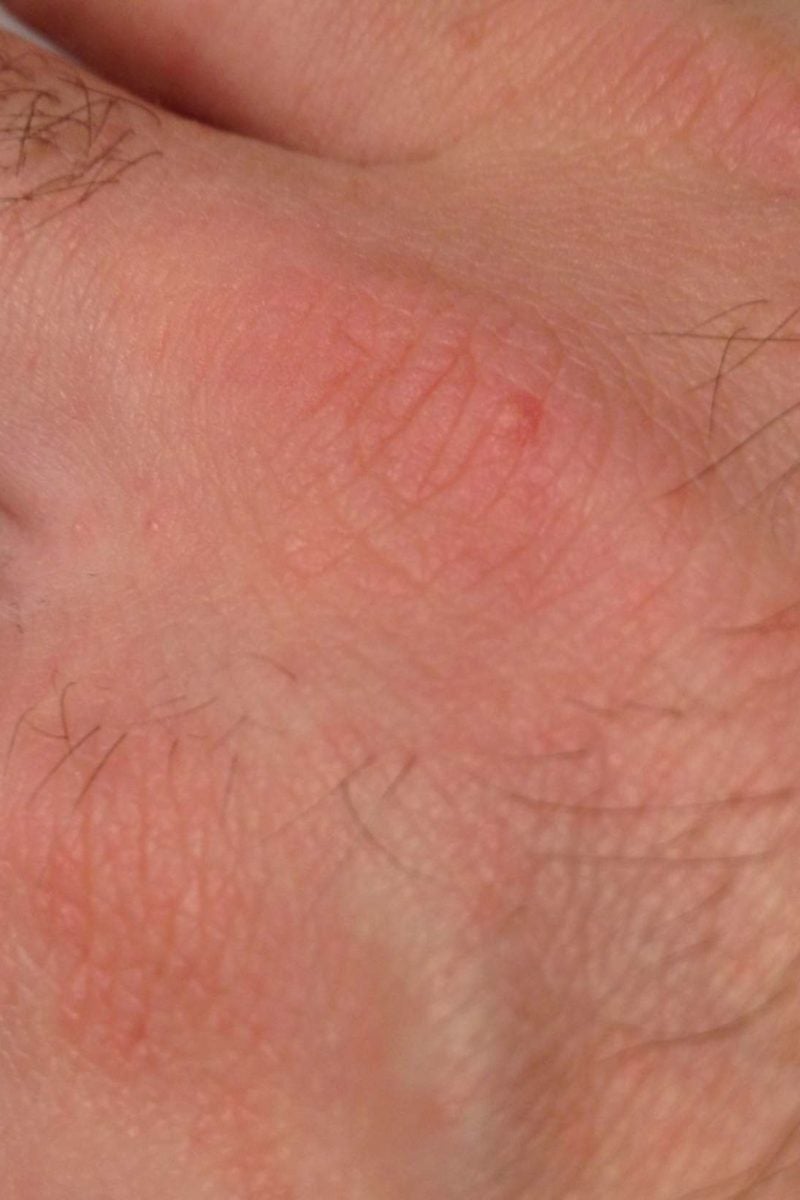
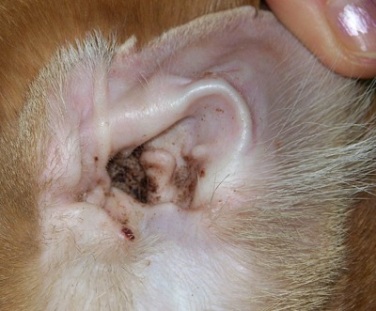



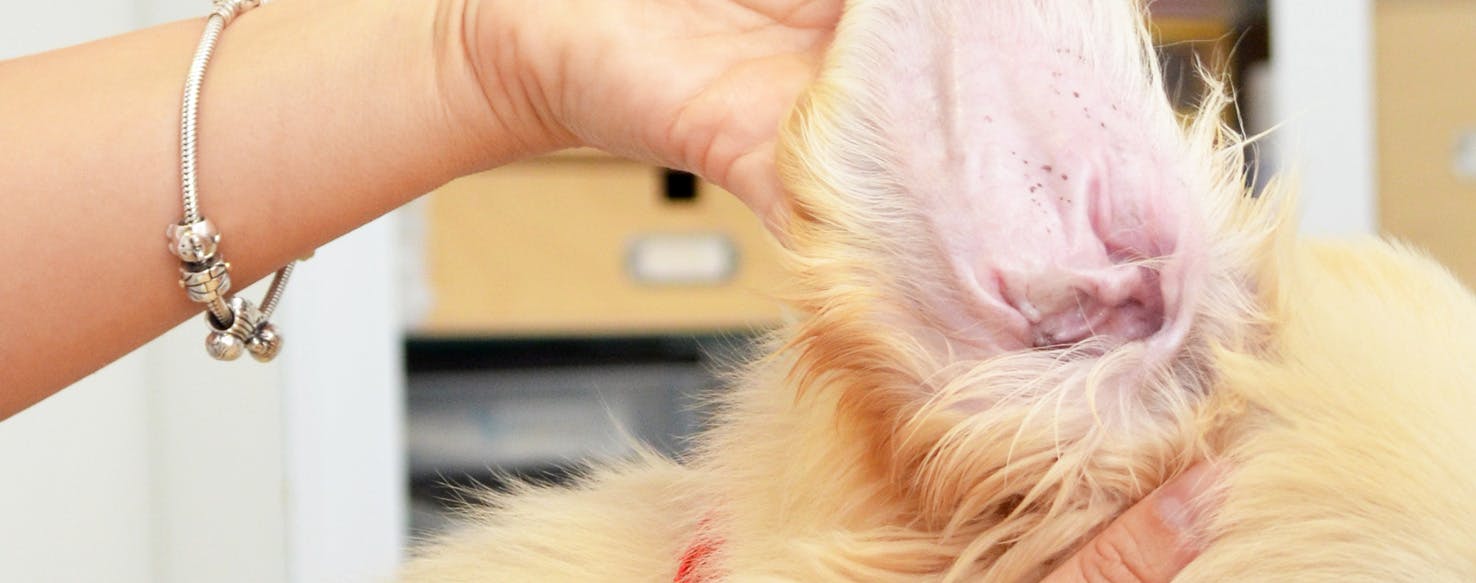


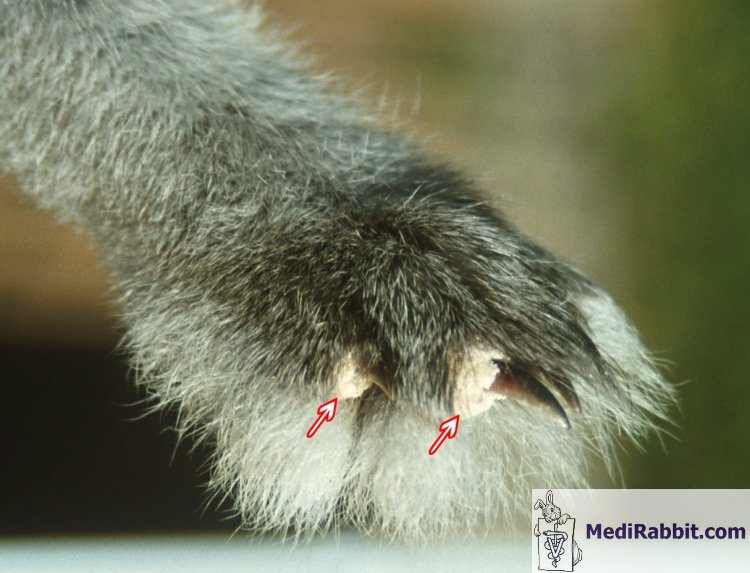



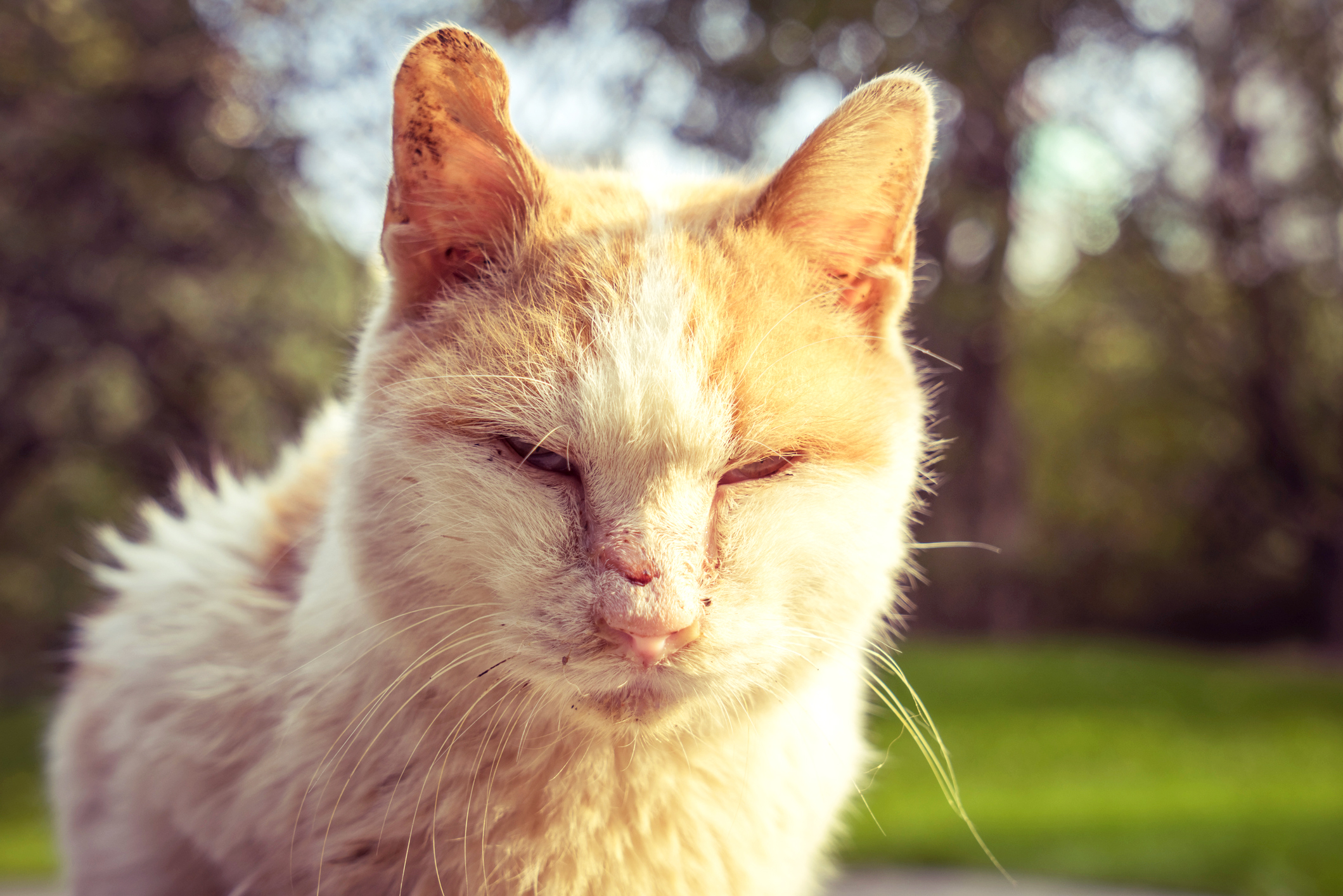

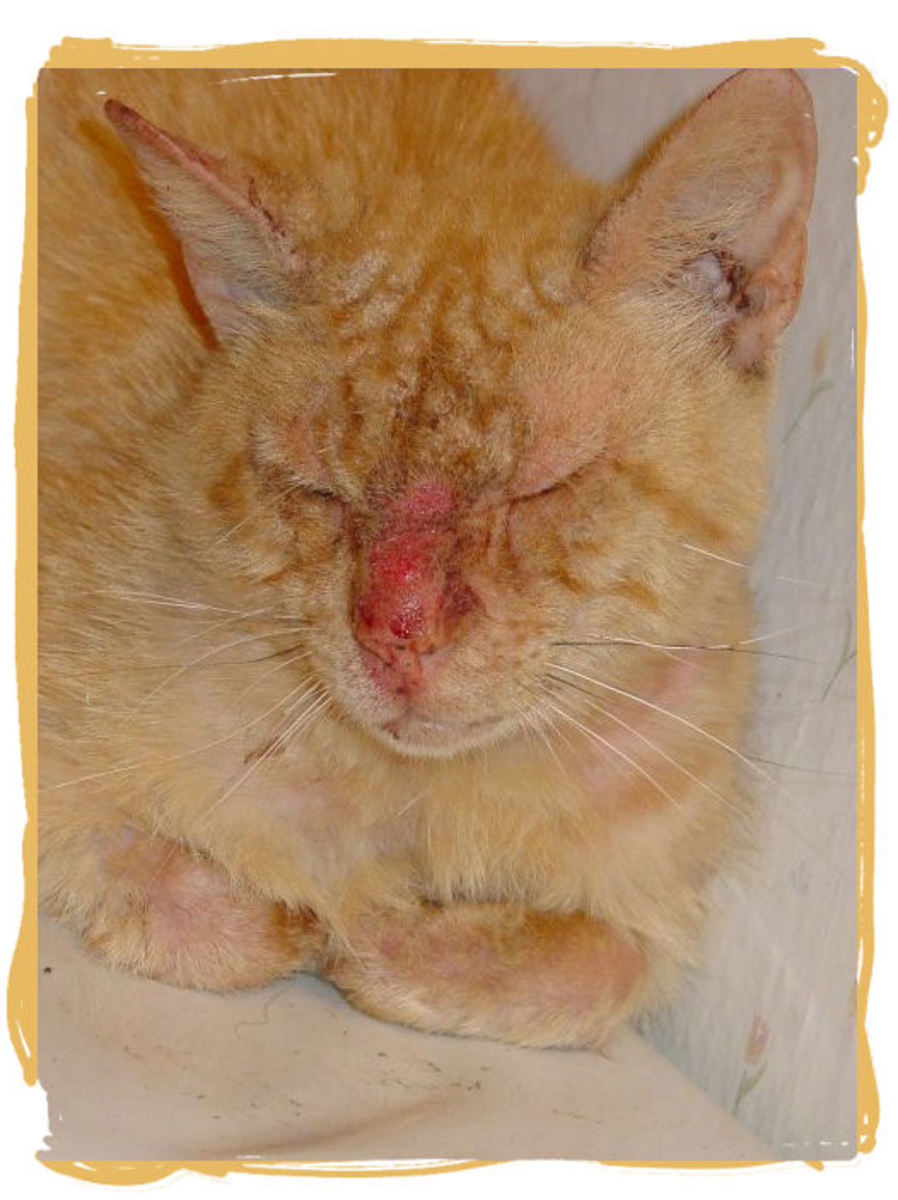


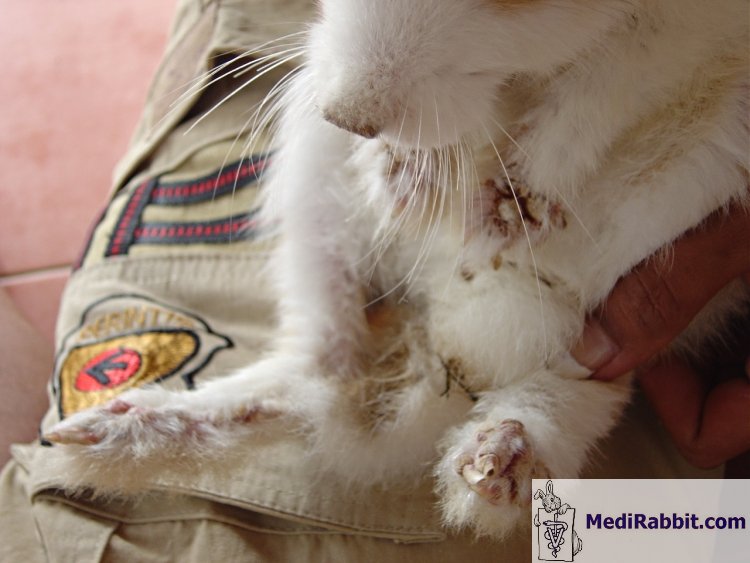



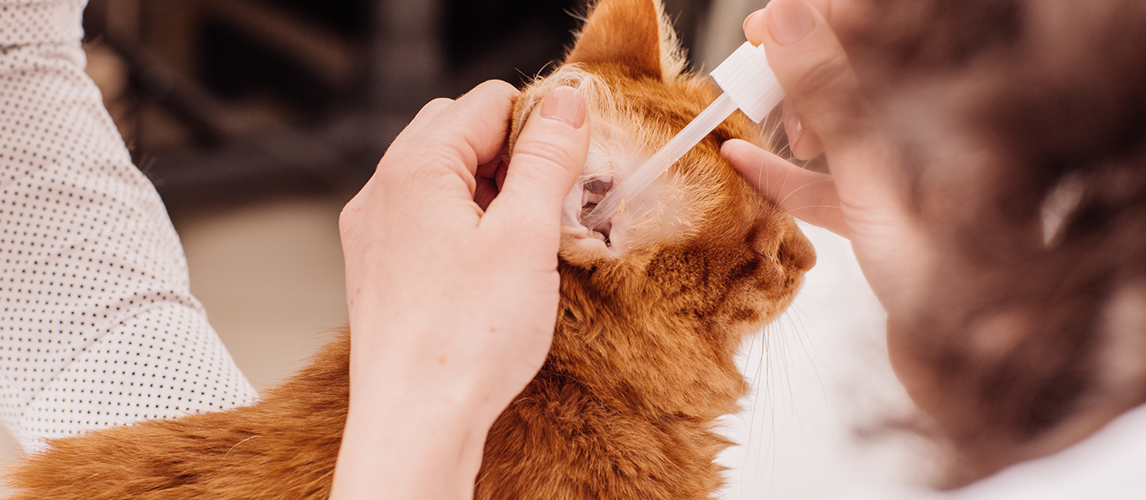


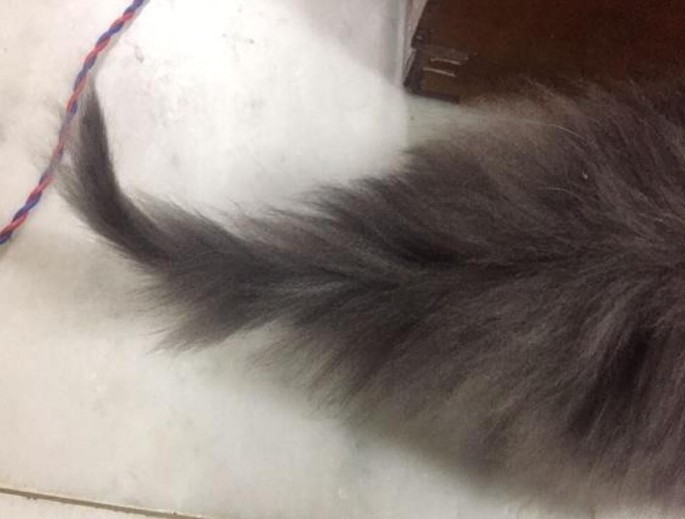



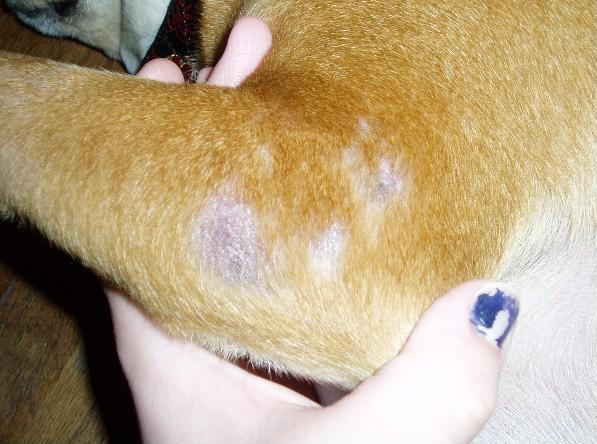
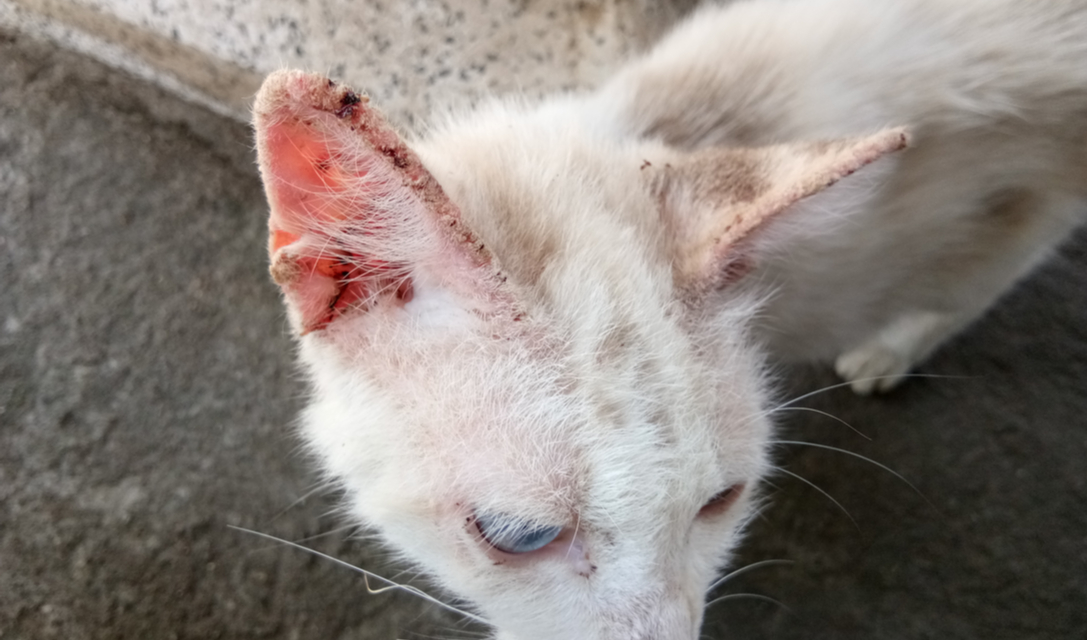



:max_bytes(150000):strip_icc()/GettyImages-122419854-5bb25a5746e0fb00260c1398.jpg)
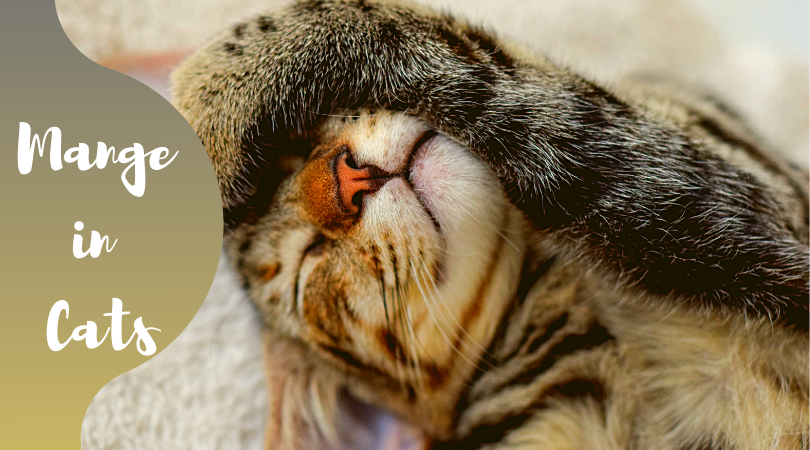

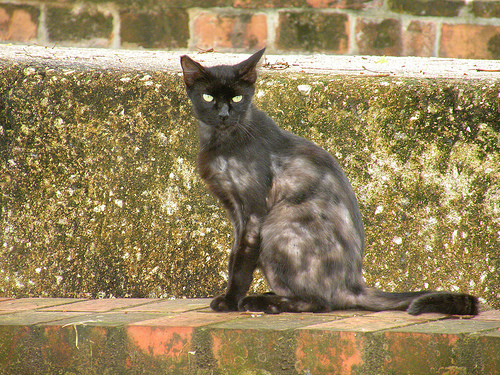
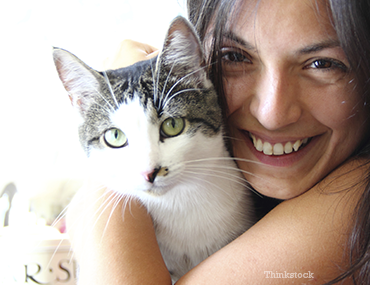
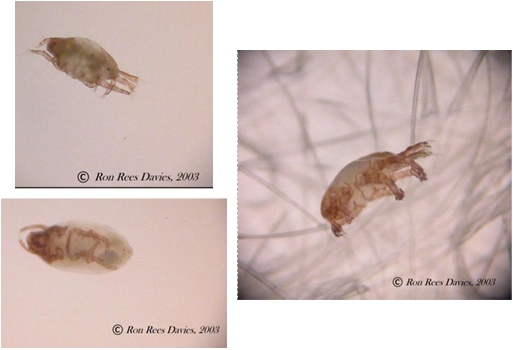

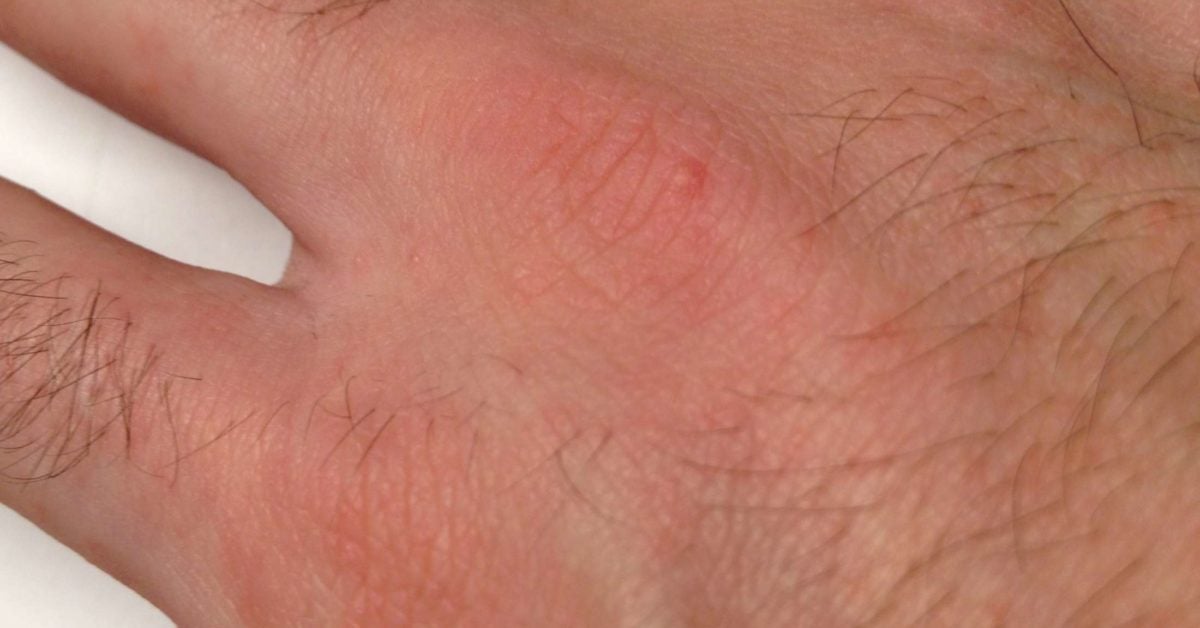
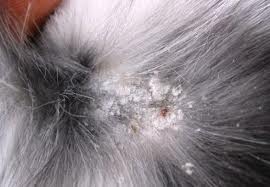



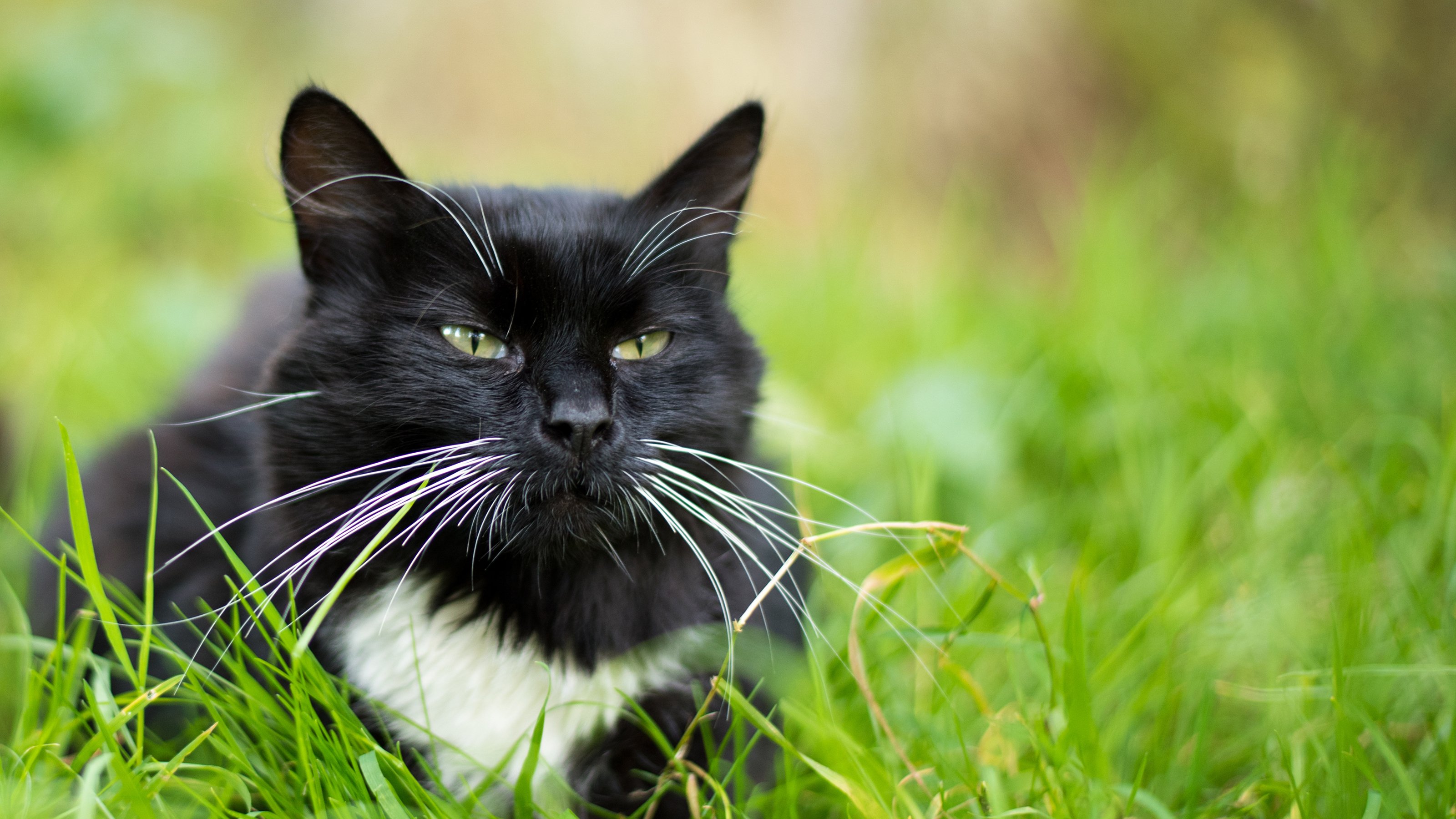
/close-up-of-cat-sitting-outdoors-760311515-5c4f17cdc9e77c00014afbb3.jpg)


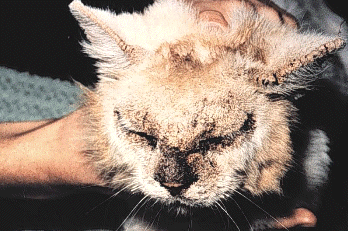

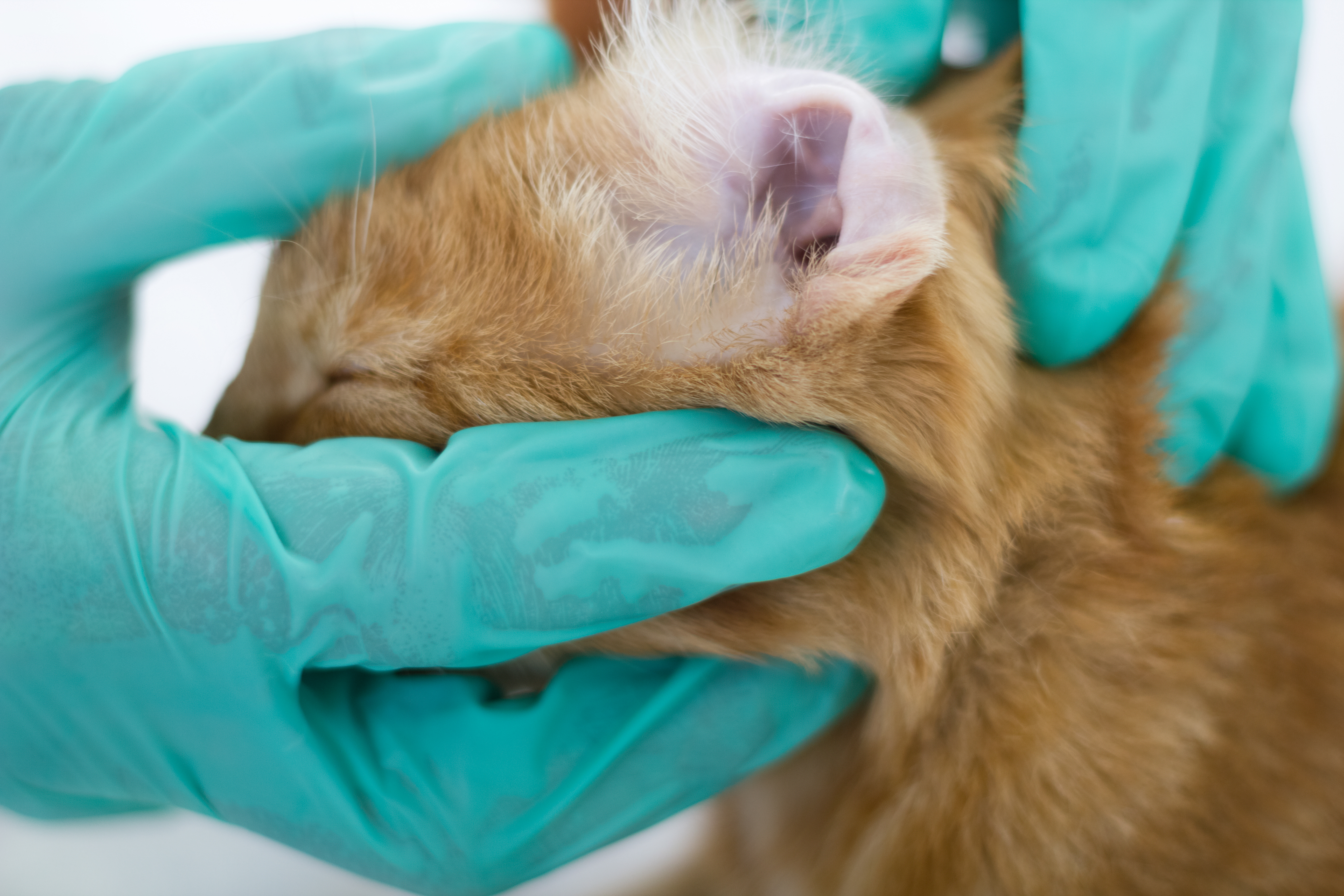









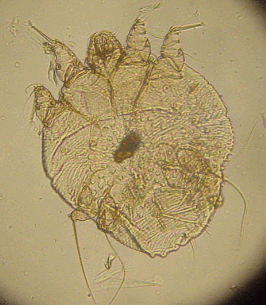



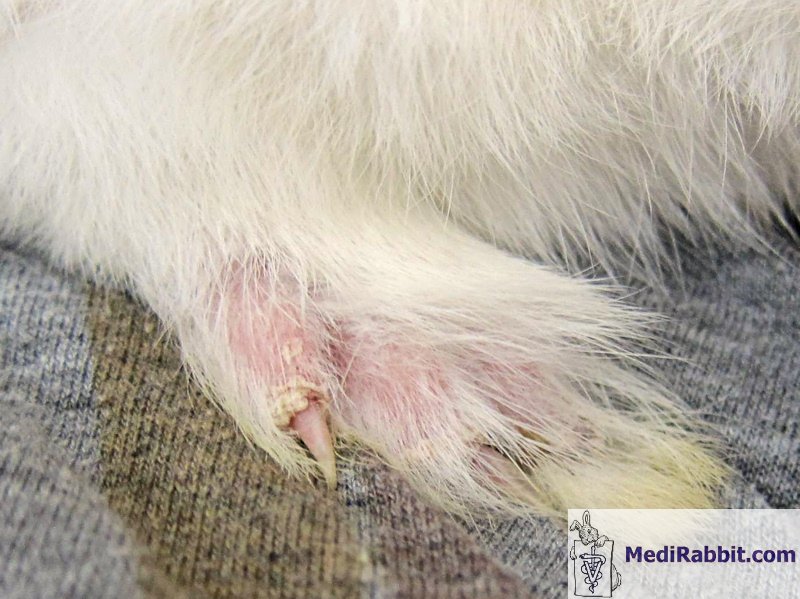
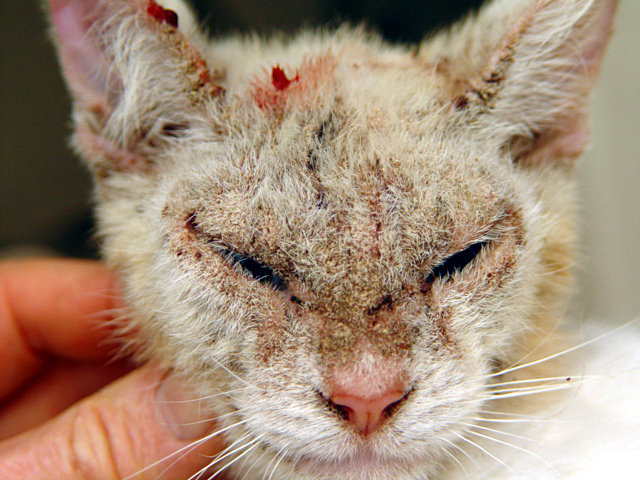
/feline-parsites-3384853-v4-8fe45409731449e08f13f5a9cac8cc44.png)


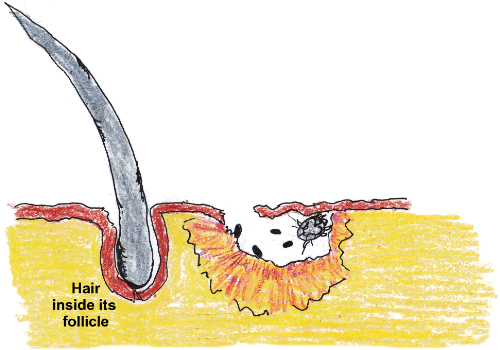

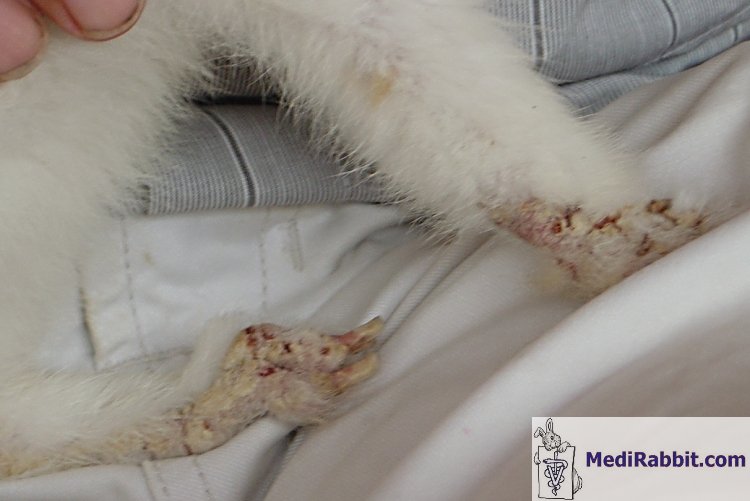




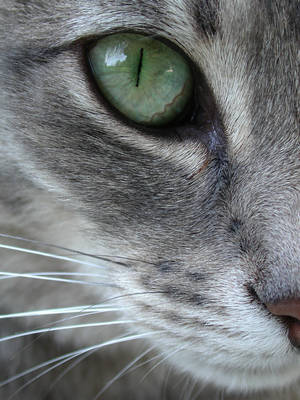





:max_bytes(150000):strip_icc()/mosquito-on-cats-nose-91703101-58408e2e3df78c023037ba8e.jpg)




